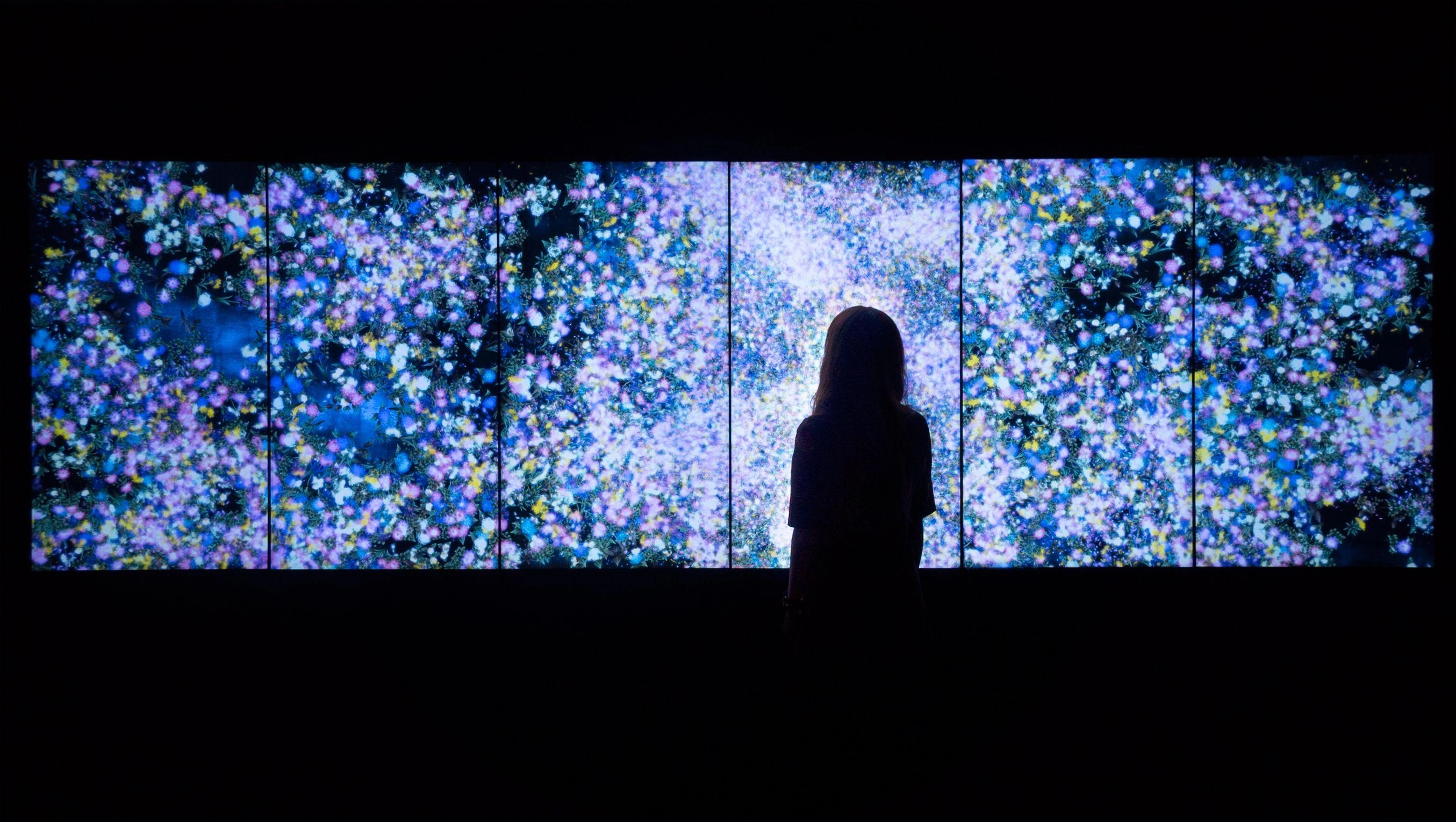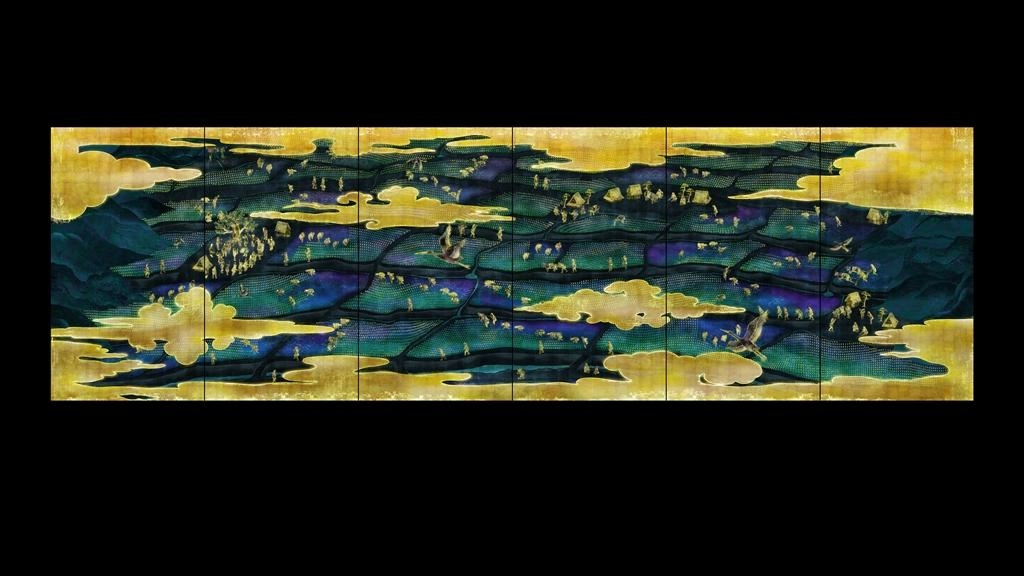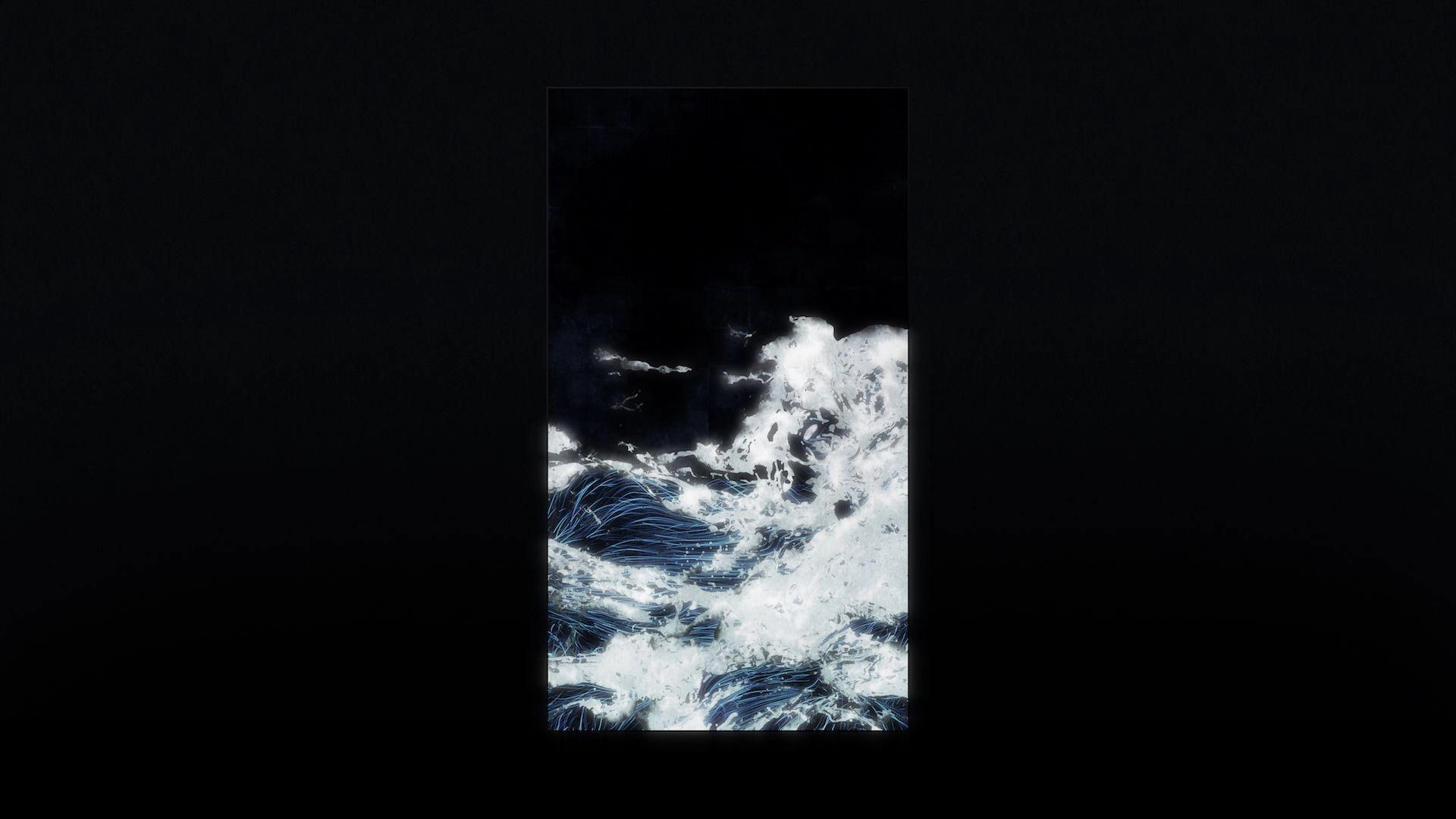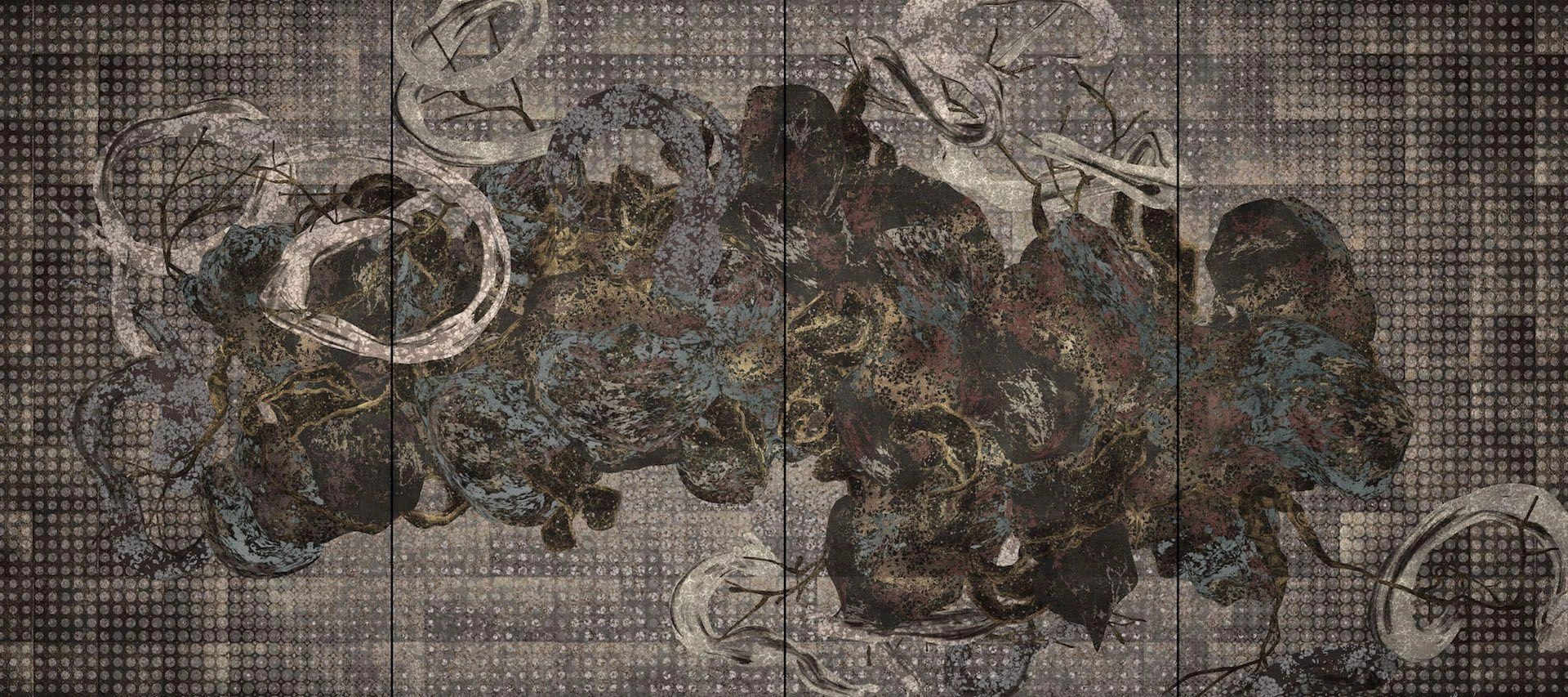WIDEWALLS에 소개되었습니다. (Feb 25, 2017)
ART DUBAI 2017 - THE 11TH EDITION OF THE LEADING FAIR
Global art world will gather for the 11th time in Dubai in March, for the occasion of one of the world’s leading art fairs – Art Dubai 2017. Situated at Madinat Jumeirah, this year’s edition will feature over 90 galleries from 43 countries, including 25 new galleries that will be part of the fair for the first time.(本文抜粋)









